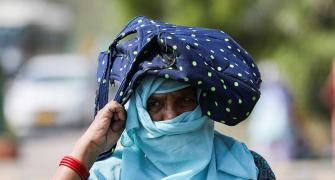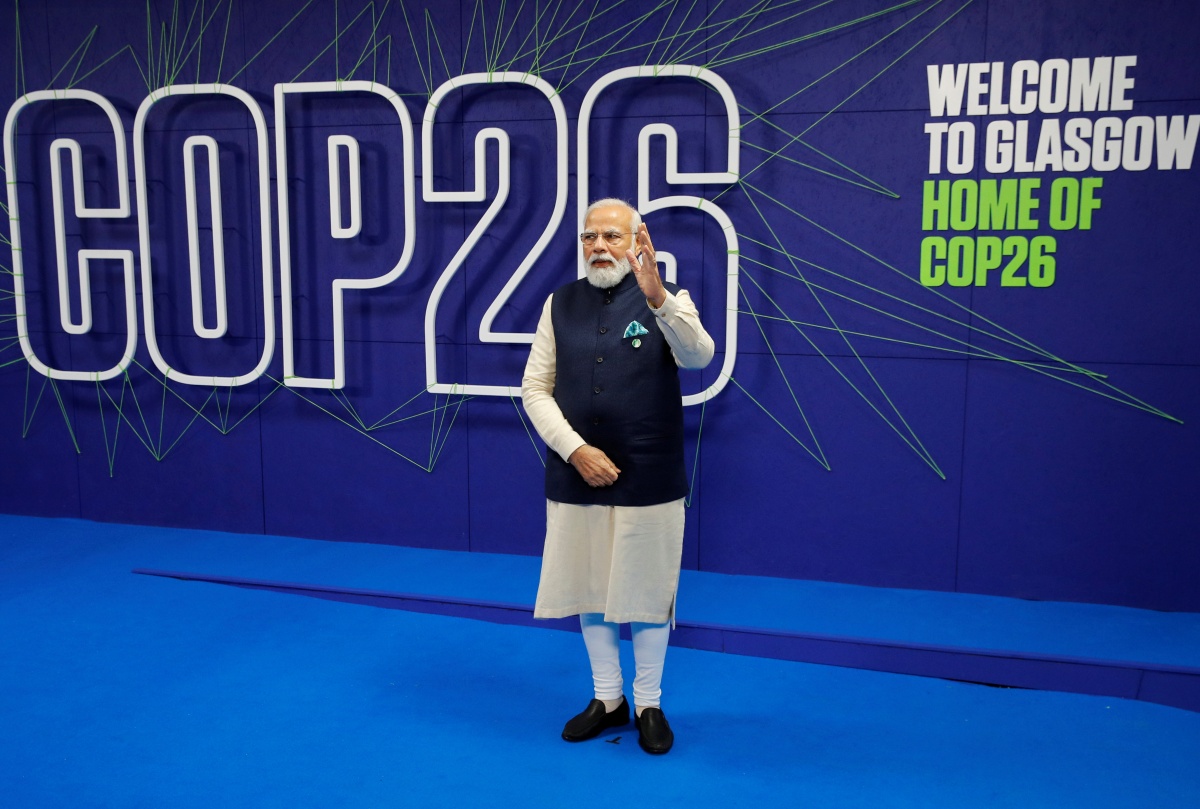The five warmest years in Indian weather history have occurred in the past 14 years -- the others being 2009, 2017 and 2010, in order of intensity.

The new year brought a grim retrospect from the India Meteorological Department: 2023 was the second-warmest year on record since 1901.
The annual average surface temperature of the landmass, the IMD said, was 0.65 degrees Celsius above the long-term average; only 2016, with an annual mean of 0.71 degrees, was warmer.
Erratic weather is the other story: February, July, August, September, November and December saw either above-normal maximum or minimum temperatures with respect to the seasons, the IMD said.
Extreme variability was evident in rainfall patterns.
For example, December was an exceptionally wet month (except the north and north east), 60 per cent above normal.
Rainfall in the post-monsoon period in the south was the highest since 2001 and the tenth-highest since 1901.
The Indian Ocean saw six tropical storms, way above the norm, three of them upgraded to severe cyclonic storms.
These unpredictable weather patterns have been attributed to El Nino, which pushed global temperatures in 2023 to record highs.
But the appearance of this two- to seven-year phenomenon should not prompt policy inaction.
Going by climate patterns of the recent past years, El Nino can be considered just one contributor.
The five warmest years in Indian weather history have occurred in the past 14 years -- the others being 2009, 2017 and 2010, in order of intensity.
The impact of progressively higher average temperatures has deleterious long-term ramifications.
The Reserve Bank of India presciently chose to make climate change the centre of its 2022-2023 Report on Currency and Finance and spelt out in stark terms the risks to financial stability from climate change and erratic monsoons.
Climate change, it had said, could cost the Indian economy 2 per cent of its GDP and depress the standards of living of half its population by 2050.
Indian agriculture and the construction sector, two of the largest employers, and industry stand to suffer productivity losses on account of heat stress -- a factor that could play a significant role in crimping India's global competitive advantage.
The World Bank has estimated that India would account for more than 40 per cent of global job losses from productivity declines caused by heat stress by as soon as 2030.
Adding to this bleak outlook is the fact that the burden of climate-change consequences will likely be borne by the poorest Indians.
This much was evident in the rocketing prices of such basics as tomatoes, onions, potatoes, chillies and cumin.
The government's decision to curb the export of food items was also a result of production taking a hit because of weather conditions.
The experience of last year alone suggests that India's mitigation strategies to lower the carbon intensity of GDP by 2030 may need to be advanced.
India will also need to adequately budget for mitigation and adaptation.
Despite an increasing installed base for renewable energy, thermal plants will account for the bulk of power generation in the foreseeable future.
While India will depend on coal for its energy needs in the absence of viable alternatives, it should encourage more investment in renewable energy to contain the impact of warming and climate change.
Feature Presentation: Aslam Hunani/Rediff.com











